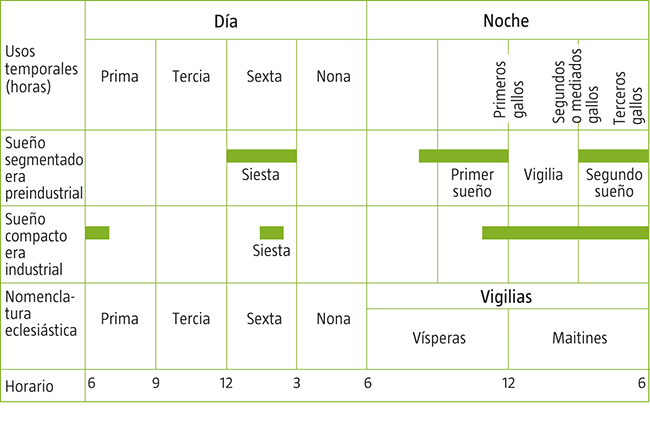Don Quixote de la Mancha and the description of biphasic sleep in Spanish literature
Introduction. Biphasic or segmented sleep is the habit of sleeping a first and a second sleep separated by a watching. The historian A Ekirch found that this was how people slept in pre-industrial times before the powerful artificial lighting. He is based on texts in different languages, from Antiquity to the 20th century, but the absence of sources in Spanish is striking.
Aim. Review the Spanish literature searching references of the biphasic sleep using the keywords ‘first sleep’ and ‘at the first cockcrow’.
Development. In the Second Part of Don Quixote de la Mancha (Chapter 68), Cervantes describes biphasic sleep with remarkable success, correlating the biotypes of Quixote and Sancho with their temperaments and sleeping and eating habits. Strangely, Ekirch cites the chapter, but not biphasic sleep. In this review I reproduce eleven texts in Spanish (13th to 19th centuries), mostly classical works, which refer to it by arranging its phases in a way that coincides with the hours in which the night was divided in the pre-industrial era: 20:00-21:00 to 00:00, first sleep, 00:00 to 03:00, wakefulness; 03:00 to 06:00, second sleep. La Celestina provides significant data too. Recent studies proved that this habit is physiological, and it adapts to the lifestyle that requires it.
Conclusions. References to biphasic sleep in Spanish literature are identified and cited for the first time, confirming Ekirch’s hypothesis. In Don Quixote, Cervantes describes it with great breadth and sharpness.
Key words. Biphasic sleep. Don Quixote. First sleep. Preindustrial era. Segmented sleep. Spanish literature.
|





